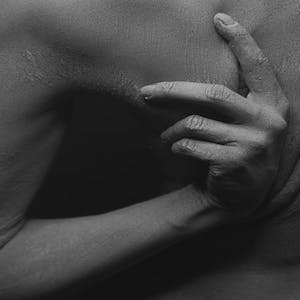Measuring the impact of pruritus in patients with epidermolysis bullosa: evaluation with an itch-specific instrument

All claims expressed in this article are solely those of the authors and do not necessarily represent those of their affiliated organizations, or those of the publisher, the editors and the reviewers. Any product that may be evaluated in this article or claim that may be made by its manufacturer is not guaranteed or endorsed by the publisher.
Authors
Pruritus is one of the most debilitating symptoms for patients with epidermolysis bullosa (EB). This study aimed to assess the burden of itch and to address its dimensions across patients with EB. Forty-six patients with EB were recruited from the Saudi EB registry to participate. All participants completed the Leuven Itch Scale. The sample included 5 patients with EB simplex (EBS), 3 with junctional EB (JEB), 34 with dystrophic EB (DEB), and 4 patients had unknown type. Overall, 97.8% patients reported itch. In patients with itch, 73.3% reported that it was often or always present, longer than 2h Itch episodes was reported by JEB (66.7%) and recessive DEB (RDEB) (3.2%). Itch, in all its dimensions, was worst in patients with JEB and DEB than EBS. Itch occurred mostly in a hot environment (80%), when sweating (71.1%), in healing wounds (40%), and during dressing change (35.6%) whereas cold environment resulted in itch in only (2.2%). The burden of pruritus increased with increasing age. This study highlights a challenging area in EB care with a need for specific treatments.
Institute of Health and Care Sciences, University of Gothenburg, Sweden
How to Cite

This work is licensed under a Creative Commons Attribution-NonCommercial 4.0 International License.








